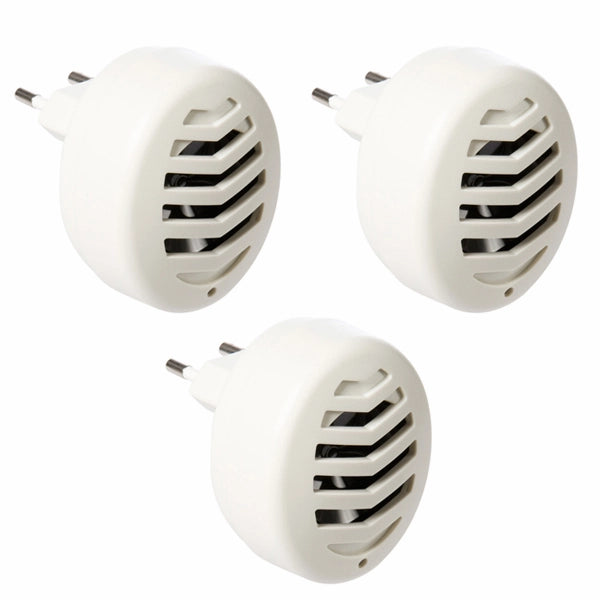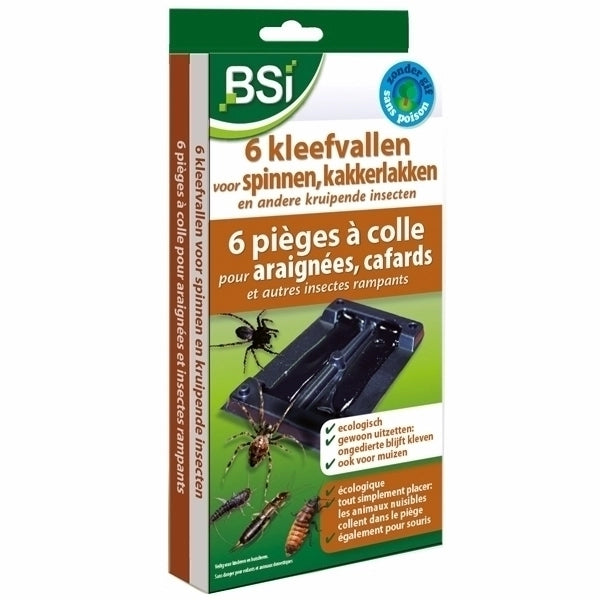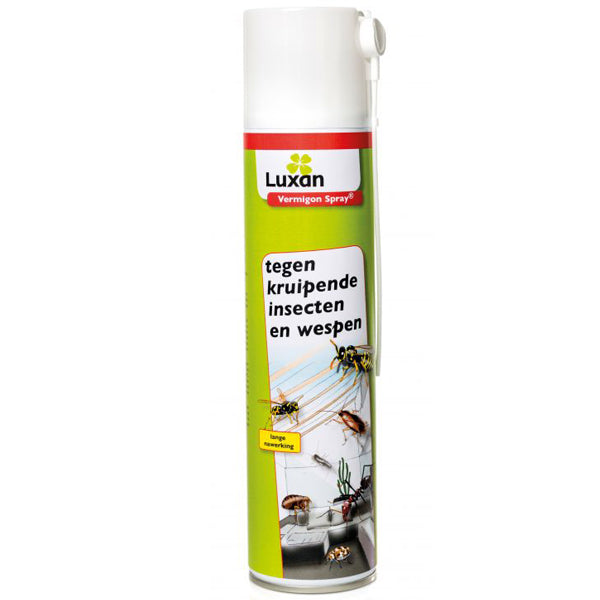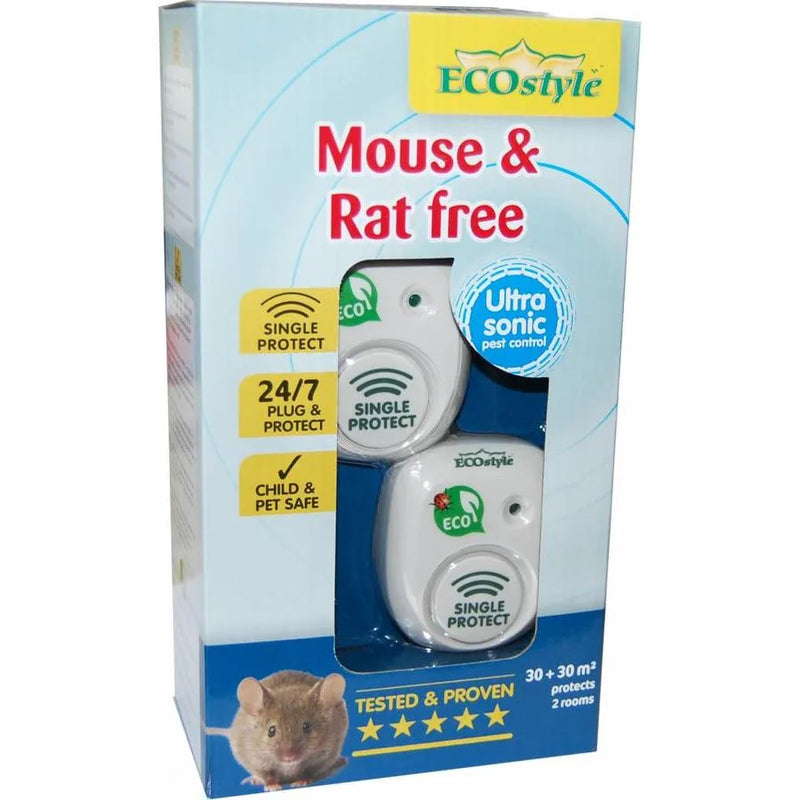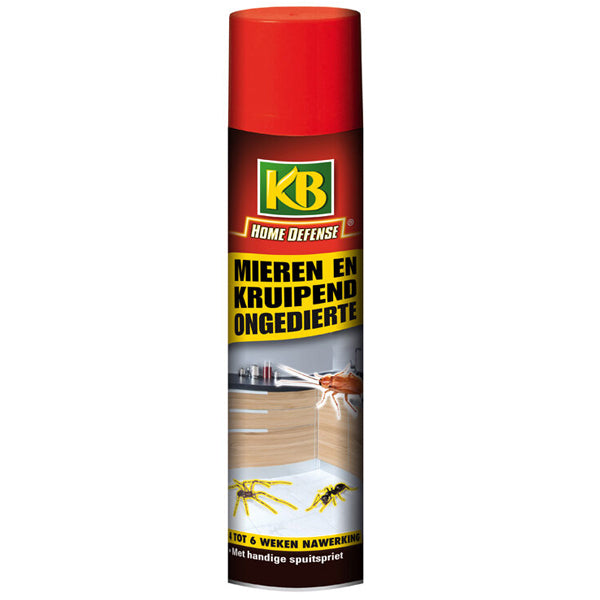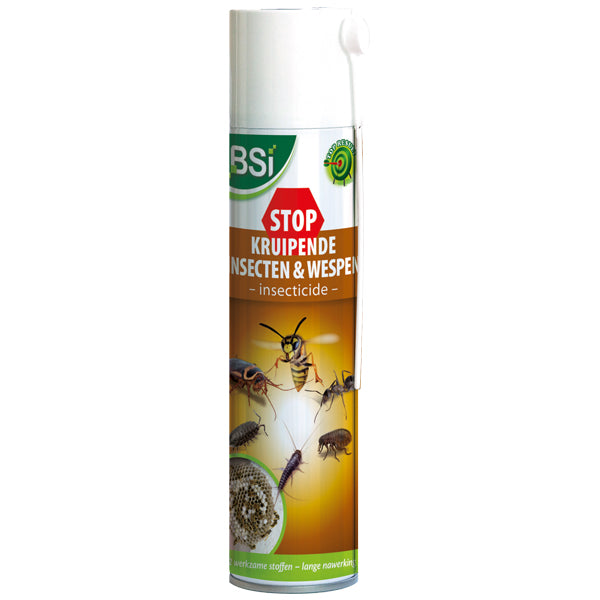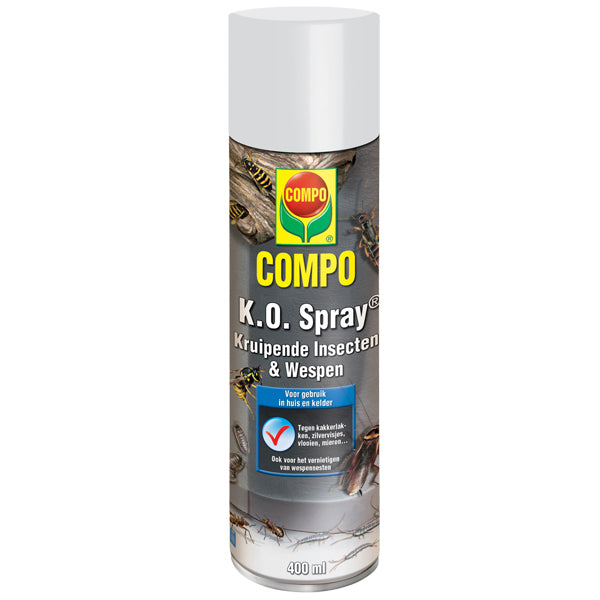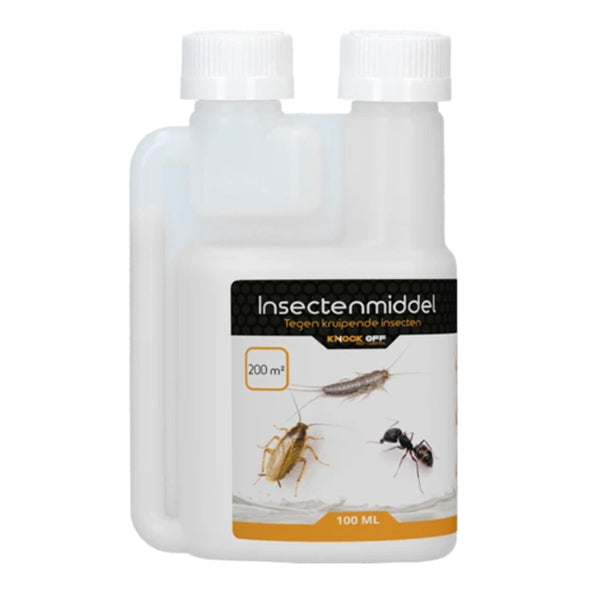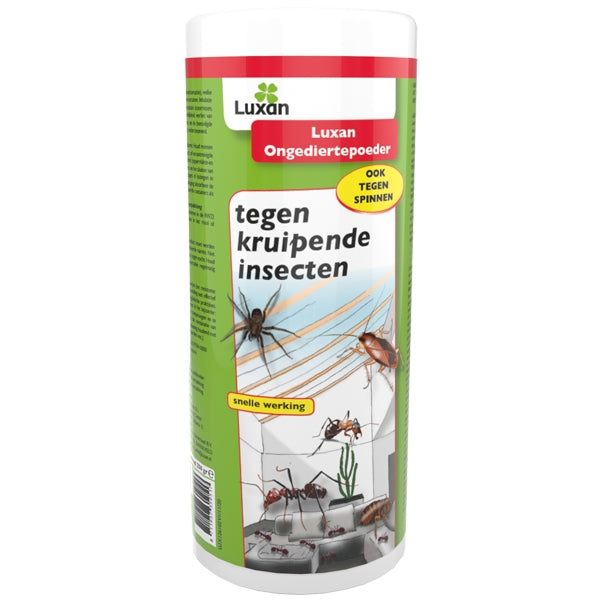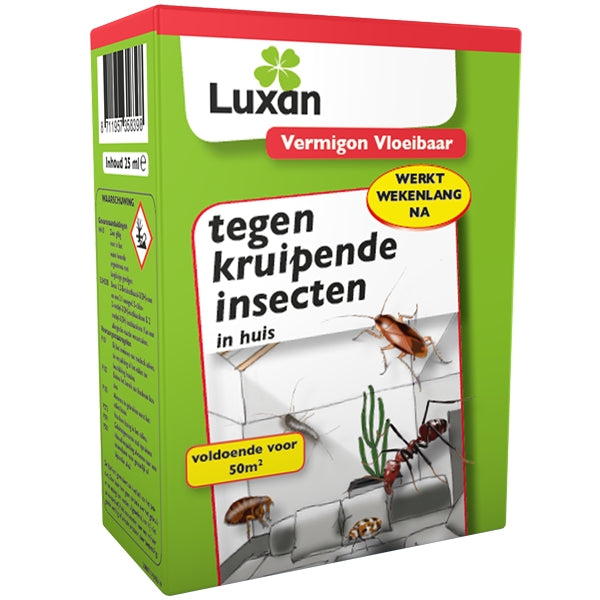Woodlice
Woodlice what are they?
Woodlice are small, terrestrial crustaceans common in forested areas. They are known for their ability to curl into a tight ball when disturbed. Woodlice can also produce sounds by rubbing two body segments together.
Woodlice are usually 6 to 13 mm in size. They have 14 legs and are dark brown in color. Woodlice are omnivorous and feed on both dead and living organic matter. In addition, they play an important role in decomposition by breaking down fallen leaves and other plant remains.
Woodlice also occasionally enter houses, where they can cause a nuisance. However, they do not bite or sting and do not carry diseases. So they pose no threat to people or pets. Although woodlice may not be the most welcome guests, it is important to remember that they play an important role in the ecosystem.
Combating woodlice
Woodlice especially like to eat the tender leaves of seedlings, which can hinder the growth of young plants. They can also weaken the stems of larger plants, making them more susceptible to wind and rain damage.
In addition, woodlice often carry diseases that can infect both plants and animals. That is why it is important to take measures to combat woodlice infestations. One way to do this is to maintain a clean and well-ventilated grow room.
This will create an environment that is less favorable to woodlice. You can also use traps or pesticides to kill woodlice. However, it is important to use these products carefully to avoid harming other animals or contaminating your food supply. By taking these steps you can control woodlice and protect your plants from damage.
What do woodlice eat?
Woodlice are small, terrestrial crustaceans commonly found in moist environments. They play an important role in the breakdown of organic matter, and their diet consists mainly of dead leaves, fungi and other decaying plant matter.
Woodlice are also known to feed on living plants, and they can become a pest in gardens and greenhouses. To control woodlice populations, it is important to understand what they eat and how their diet affects their behavior.


